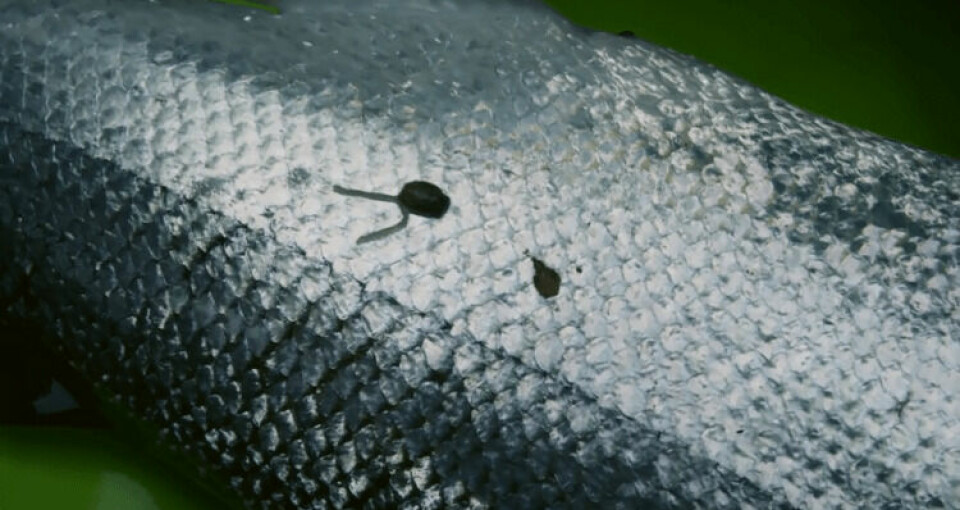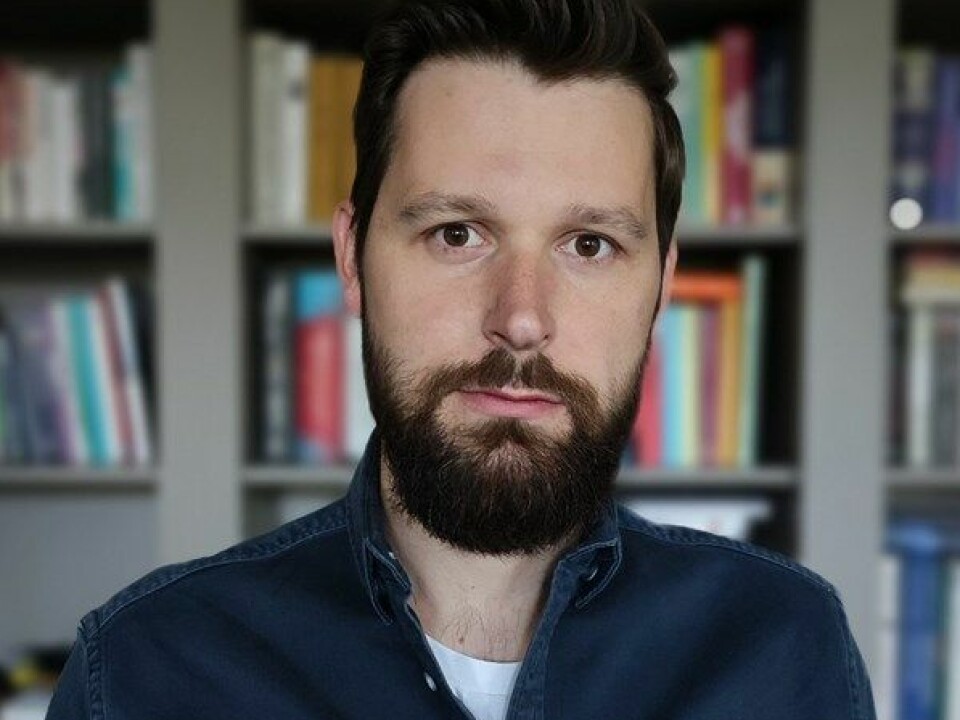
Campaign group calls on ASC to reverse salmon farm lice limit change
This is not the time to lower standards, says Compassion in World Farming
Campaign group Compassion in World Farming International (CIWFI) has called on fish farm certifier the Aquaculture Stewardship Council (ASC) to reverse a change to its Salmon Standard that removes a strict limit on sea lice numbers in pens.
The revised standard, effective from the beginning of this month, replaces a global lice limit of 0.1 mature female sea lice per farmed salmon with different limits for different regions. In Scotland’s case this raises the limit to 0.5, the same limit as in the Scottish salmon industry’s Code of Good Practice.
Once that threshold has been reached, action must be taken to reduce lice infestation.
Welfare consequences
In a letter to ASC chief executive Chris Ninnes, CWFI’s head of fish policy, Dr Krzysztof Wojtas, said the higher lice limit made the Code of Good Practice an inappropriate mechanism for assessing ASC farms.
“Currently, the strictest on-farm lice level is in Norway (where only 0.2 adult female lice per fish are allowed), yet this still allows for more lice per fish than the ASC previously required in the Salmon Standard,” wrote Wojtas.

CIWFI urges the ASC to keep the sea lice management requirement at a more ambitious and higher standard than the baseline
“The new Standard means that a considerably higher number of sea lice will be allowed on ASC certified farms in all countries. As sea lice remain such a significant problem in salmon farming, with substantial welfare, conservation, and economic consequences, this is not the time to lower standards, with an indicator that is insufficient to protect the welfare and health of farmed and wild fish.”
He concluded: “CIWFI urges the ASC to reverse this change to the Salmon Standard, and to keep the sea lice management requirement at a more ambitious and higher standard than the baseline.
“We would very much appreciate a meeting to discuss this matter.”
Wild smolts
The revision to the Salmon Standard has previously been criticised by anglers’ organisation Fisheries Management Scotland (FMS), which represents district salmon fishery boards and fisheries trusts and is concerned about the potential impact of sea lice on wild smolts that pass fish farms while migrating to sea.
In response to FMS criticism, the ASC said the change had been recommended by an expert Technical Group during a review of the Salmon Standard and deliver improved practice.
“The previous limit of 0.1 mature female sea lice was based on Norwegian legislation in effect at the time of initial standard development and was proposed by the (industry and NGO-led) Salmon Aquaculture Dialogue as the global reference point,” explained ASC’s press and PR manager, Sophia Balod.
“Interdependencies related to other factors such as geographic region, sea lice species and wild salmon species were not fully assessed at the time.
Too many variables
“The Technical Group has reviewed the potential of a global limit over regional limits and concluded that too many factors vary significantly to determine a credible global limit. As a result, the recommendation was given to use existing metrics as set by the regulators in the understanding that these are based on available solid regional research and data. Several regions do not have metric limits set, for these regions the ASC Standard defines the limit.
“We believe that to effectively evaluate the robustness of a standard, one must look at the combination of the various requirements on a topic rather than judging a metric in isolation. The revised ASC Salmon Standard (v1.4) significantly improves the control mechanism once the metric limit is reached or exceeded.”
'Wrong and misleading'
In 2021, Surrey-based Compassion in World Farming and Edinburgh group OneKind published a report demanding a moratorium on salmon farming expansion in Scotland.
Tavish Scott, chief executive of the Scottish Salmon Producers’ Organisation (now Salmon Scotland) said at the time that key parts of this report which were “wrong, inaccurate and misleading”.
The report made apparently contradictory claims that escaped farmed salmon are so poorly adapted to life in the wild that they are likely to suffer, but that these fish are still able to interbreed with wild salmon and weaken the wild population’s fitness.
Lice 'out of control'
It further claimed that sea lice were out of control, and quoted selected figures from Salmon and Trout Conservation Scotland (now WildFish), the angling body most hostile to salmon farming.
It also stated that “salmon farms increase the spread of sea
lice and disease to wild populations locally” but didn’t provide evidence.
The report also quoted work from Canadian scientist Martin Krkošek claiming studies conducted in British Columbia show sea lice infection rates around fish farms as being 73 times higher than in areas without fish farms.
However, that work had already been challenged by journalist Vivian Krause who found that none of the research actually measured sea lice levels at salmon farm accused of being the source of an increased lice population.
“It’s not possible to make sound conclusions about the transmission of anything from point ‘A’ to point ‘B’ if you don't measure point ‘A’ (the salmon farm),” wrote Krause. “Secondly, during part of the research, there were no fish at the farm.”






















































